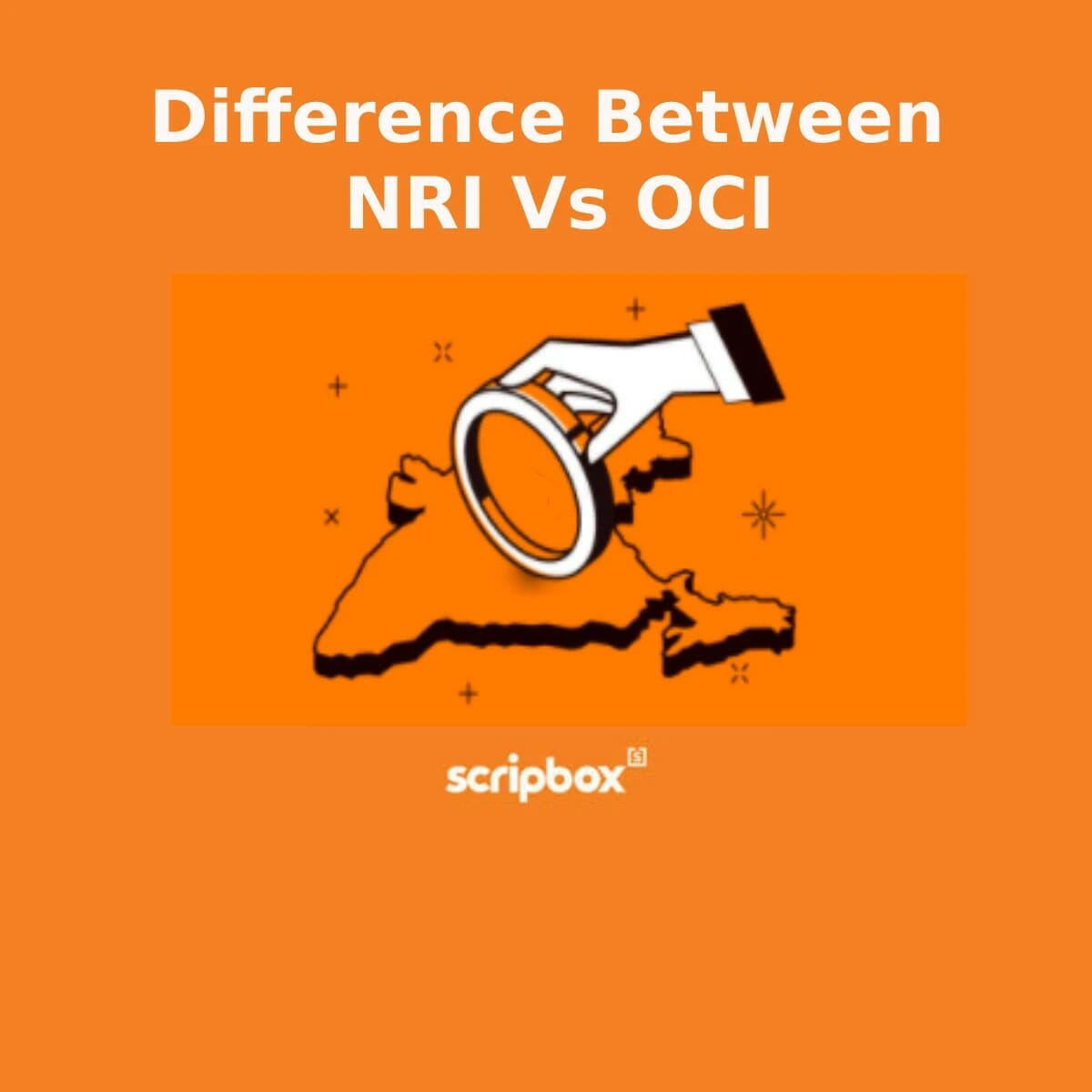What is Interest Rate Risk?
Interest rate risk refers to the possibility that a loss could happen as a result of a fluctuation in interest rates. A bond’s or another fixed-income security’s value will decrease if the rate rises. Interest rate movement typically has an inverse relationship with the market value of fixed income assets. In general, the values of currently issued fixed income instruments decrease when interest rates rise and rise when interest rates decrease.
As a result, a scheme portfolio’s value may decrease when the market interest rate rises and increase when it declines. The security’s coupon and maturity determine how much the price will decrease or increase. Furthermore, it is based on the yield level at which the security is traded.
How to Manage Interest Rate Risk?
An investor can lower a portfolio’s effective duration or minimize the impact of rate changes by diversification of their portfolio or hedging risks.
Diversification
A bondholder can diversify their current portfolio by including securities whose value is less responsive to interest rate variations if the interest rate risk could negatively affect the value of the holdings. If investors hold bonds only then they can ensure portfolio diversification of their holdings by combining both short-term and long-term bonds.
Hedging
In addition to diversification, various hedging techniques can help to reduce the losses. Usually, investors use various derivatives in order to hedge. These derivatives include interest rate swaps, options, futures, and forward rate agreements (FRAs).
Impact of Interest Rates on Bond Prices
Since the rate being paid on the bond is now less than the current market rate, the market value of the bond decreases as interest rates rise. As a result, investors will be less likely to purchase the bond, which will result in a decrease in the bond’s market price. This implies that a capital loss would occur to an investor who held such a bond. As long as the investor decides to keep holding the bond, the loss is not yet realized; it will become visible when the bond is sold or matures.
Bonds with shorter durations are less sensitive to interest rate changes since there is less time for those changes to have a negative effect. On the other hand, longer-term bonds carry a higher risk of interest rate fluctuations because there may be a large window of time during which the fluctuations can happen. The expected rate of return on longer-term bonds is often higher than the rate on shorter-term bonds. This is because longer-term bonds carry a higher interest rate risk. This difference is referred to as the maturity risk premium.
A bond’s price will fluctuate more when the interest rate takes a negative turn if it has a higher amount of interest rate risk. Therefore, these bonds provide a greater risk of interest rate.
What Factors Determine Interest Rate?
Supply and Demand of Borrowing and Lending
The supply and demand of credit affect interest rate levels. A higher or lower level of demand for credit will result in higher or lower interest rates. On the contrary, a rise in credit availability or supply will result in lower interest rates. Moreover, a fall in credit availability will result in higher rates.
Inflation
Interest rates are more sensitive to inflation rates. A higher inflation rate will denote a higher rise in interest rates. This is because the lenders will demand higher interest rates in order to compensate for the declining purchasing value of the money.
Government Policies
In India, the Reserve Bank of India regulates interest rates and line of credit. The RBI directs the banks and other financial institutions on the prevailing rates. Moreover, a government policy over how much money must be circulated as capital and loans impacts interest rates.
Frequently Asked Questions
The interest rate risk is caused by the changes in interest rates in the financial market. Furthermore, the interest rate depends on several factors such as demand and supply of credit, inflation rate, recession, government policies, and international trade.
Interest rate risk affects an investment through an increase in the existing interest rates for debt instruments. A bond’s or another fixed-income investment’s value will decrease on the secondary market if interest rates increase. In this way, a rise and fall in it affect the investors and their investment in the fixed income securities.
A company borrows and lends money at an interest rate. A rise and fall makes borrowing costlier and lending cheap or otherwise.
Interest rates affect fixed income earning debt instruments. However, among these fixed income earning debt instruments, it affects bonds majorly.
A risk associated with changes in interest rates’ absolute levels is known as interest rate risk. The value of fixed-income assets is directly impacted by it. Due to the inverse relationship between interest rates and bond prices, when interest rates rise, bond prices fall and vice versa. Interest rate risk affects bond investors more directly. It specifically affects those investors who invest in long-term fixed-rate bonds.
Yes, it is a market risk. It impacts the borrowing and lending in the secondary market directly with its coverage over fixed income earning instruments.
















Show comments